Using Production Logging for Well Integrity and Flow Assurance
Production logging is a type of oil and gas well logging, it’s a critical aspect of oil and gas operations, aimed at understanding and optimizing the performance of a well. It involves the use of specialized tools and techniques to measure various parameters within the wellbore. These measurements help in diagnosing the well’s behavior, ensuring its integrity, and maintaining efficient flow assurance.
Tools and Techniques Used in Production Logging
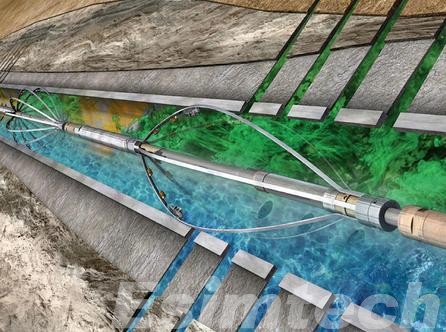
Tools Used in Production Logging
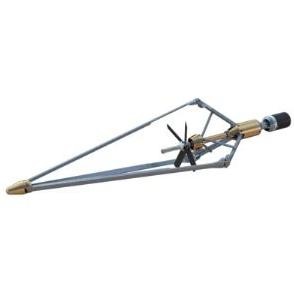
Several sophisticated tools are employed in production logging to gather accurate data. These tools include:
- Production Logging Tools (PLTs): These are the primary instruments used in production logging operations. PLTs are run into the well on a wireline or slickline and can measure multiple parameters simultaneously. They typically consist of a suite of sensors that can detect fluid flow rates, phase fractions (oil, water, gas), and temperature changes. The data collected by PLTs is crucial for diagnosing well performance and identifying any issues within the wellbore.
- Flowmeters: Flowmeters are essential for measuring the rate of fluid flow within the well. There are several types of flowmeters used in production logging:
- Spinner Flowmeters: These measure the rotational speed of a spinner blade that turns in response to fluid flow. The rotational speed is directly correlated with the flow rate, providing a measure of how much fluid is moving through the wellbore.
- Electromagnetic Flowmeters: These measure the flow rate of conductive fluids (such as water) by detecting changes in a magnetic field created by the fluid’s movement.
- Ultrasonic Flowmeters: These use sound waves to measure flow rates by detecting the time it takes for the waves to travel through the fluid.
- Temperature and Pressure Sensors: These sensors provide critical data on the well’s temperature and pressure conditions, which are essential for evaluating well integrity and flow assurance. Temperature sensors help identify thermal anomalies that may indicate issues like gas ingress or water breakthrough. Pressure sensors monitor the pressure profile along the wellbore, helping to detect pressure drops or spikes that could signify blockages or leaks.
- Capacitance and Resistivity Sensors: These tools help in identifying fluid types and detecting changes in fluid composition, which is vital for flow assurance. Capacitance sensors measure the dielectric constant of the fluid, distinguishing between oil and water. Resistivity sensors measure the electrical resistance of the fluid, providing insights into the salinity and water cut.
Advanced Techniques Used in Production Logging
Beyond the core tools used in production logging, several advanced techniques offer even deeper insights into wellbore behavior and reservoir dynamics:
1. Production logging with coiled tubing (CT): This technique utilizes coiled tubing, a long, continuous string of small-diameter pipe, to deploy logging tools downhole. CT offers several advantages over traditional wireline logging. Firstly, its flexibility allows for deployment in horizontal or highly deviated wells where rigid wireline tools might struggle. Secondly, CT can be used in conjunction with well intervention techniques, enabling logging while performing downhole operations like wellbore cleanout or stimulation.
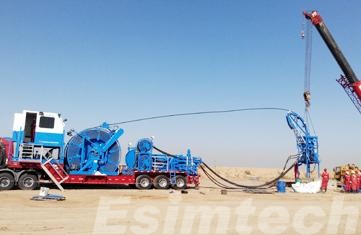
2. Distributed Temperature Sensing (DTS): This technique utilizes a fiber optic cable deployed along the wellbore. By sending laser pulses through the fiber and measuring the backscattered light, DTS can create a continuous temperature profile along the entire wellbore length. This provides real-time monitoring of fluid movement within the wellbore, allowing for:
Identification of fluid flow paths: DTS can pinpoint locations of water or gas influx behind the casing, even in multiphase flow scenarios.
Leak detection: Temperature variations can indicate leaks in the casing or wellbore completion, enabling early intervention.
Zonal evaluation: DTS can identify zones contributing the most to flow by identifying areas with the highest temperature changes.
3. Pulsed neutron logging: This technique utilizes a neutron source and a detector to measure the presence of hydrogen atoms in the formation surrounding the wellbore. Since water contains a high concentration of hydrogen, pulsed neutron logging can effectively detect the presence of water or gas behind the casing, even in situations where other methods might struggle. This is crucial for identifying potential well integrity issues like channeling or micro-annuli (small gaps between the casing and formation) that could compromise production or lead to environmental concerns.
By incorporating these advanced techniques alongside traditional tools, production logging provides a more comprehensive picture of downhole conditions, enabling engineers to make informed decisions for optimizing well performance and ensuring well integrity.
Applications of Production Logging in Well Integrity and Flow Assurance
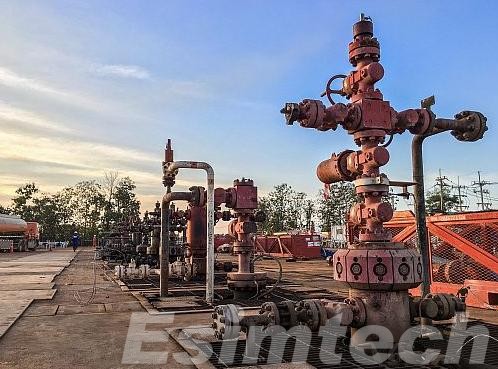
Production logging is pivotal in ensuring well integrity and flow assurance. By providing detailed insights into the wellbore conditions, it allows operators to:
1. Identify and Mitigate Integrity Issues
Casing Leaks and Formation Breaches: Early detection of issues such as casing leaks and formation breaches is critical. Production logging tools can detect these anomalies through changes in pressure, temperature, and fluid flow rates. Addressing these issues promptly helps prevent severe operational failures, environmental hazards, and costly downtime.
Corrosion and Erosion Monitoring: Continuous monitoring using production logging tools helps identify areas susceptible to corrosion and erosion. By detecting these issues early, operators can implement preventive measures, such as chemical treatments or protective coatings, to prolong the life of the wellbore equipment.
2. Optimize Production
Flow Profiling: By understanding flow dynamics within the well, operators can identify underperforming zones and adjust production strategies accordingly. This may involve altering the flow from different sections of the wellbore or re-perforating zones to enhance hydrocarbon recovery.
Reservoir Management: Detailed production logging data aids in better reservoir modeling and management. Understanding the contribution of each zone to the overall production helps in making informed decisions on reservoir management strategies, such as enhanced oil recovery techniques and waterflooding operations.
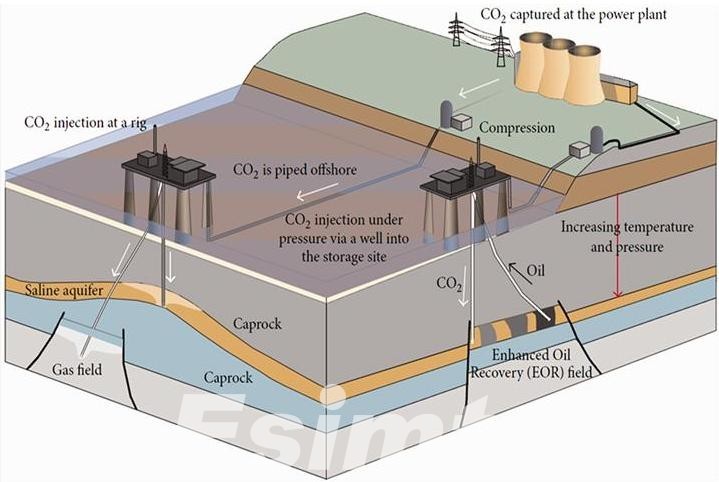
3. Ensure Efficient Flow Assurance
Blockage Detection: Production logging tools can detect blockages or restrictions within the wellbore by identifying irregular flow patterns or pressure drops. Early identification allows for timely intervention, such as cleaning or acidizing, to restore efficient flow.
Hydrate and Wax Monitoring: In colder environments, hydrates and wax can form, obstructing flow. Production logging helps in identifying these formations, allowing operators to take preventive measures such as heating or injecting inhibitors to maintain a steady flow of hydrocarbons.
4. Enhanced Reservoir Management
Zonal Contribution Analysis: Production logging provides precise data on the performance of individual zones within a well. This information is crucial for optimizing production from each zone and for making decisions on future drilling or completion strategies.
Water Breakthrough Detection: Identifying the early stages of water breakthrough is essential to managing water production and maintaining hydrocarbon output. Production logging tools can detect water entry points, enabling operators to take corrective actions such as water shut-off treatments.
Benefits of Using Production Logging
Production logging offers numerous benefits that significantly enhance oil and gas operations, contributing to improved safety, increased efficiency, cost savings, and better decision-making.
- Improved Safety: Production logging enhances operational safety by providing early detection of well integrity issues such as casing leaks, formation breaches, and pressure anomalies. Continuous monitoring and real-time data ensure prompt identification of deviations, allowing immediate corrective actions to protect personnel and minimize environmental risks.
- Increased Efficiency: By accurately measuring fluid flow rates, phase fractions, and temperature profiles, production logging helps optimize well performance and flow assurance. Detailed logging data enables targeted interventions to enhance production efficiency, ensuring wells operate at optimal capacity and maximizing hydrocarbon recovery.
- Cost Savings: Early detection of issues like corrosion, erosion, and blockages prevents expensive repairs and unplanned shutdowns. Effective monitoring and management of flow conditions reduce the need for costly interventions, achieving substantial cost savings over a well’s lifecycle.
- Data-Driven Decisions: Production logging provides accurate data that empowers operators to make informed decisions for better well and reservoir management. This data-driven approach optimizes drilling and completion strategies, reservoir management plans, and enhanced oil recovery techniques, ensuring efficient resource allocation and alignment with production goals.
Conclusion
Production logging is a powerful tool for ensuring well integrity, optimizing production, and maximizing reservoir recovery. By utilizing a combination of tools and techniques, engineers can gain a comprehensive understanding of downhole conditions and make data-driven decisions for efficient and safe well management.
